On July 22, Transportation Secretary Sean P. Duffy announced, during a press conference at Oshkosh, one of the most important traditional aviation airshows in the country, that the Light-Sport Aircraft (LSA) category was finally getting a much-needed revision. The Modernization of Special Airworthiness Certification (MOSAIC) is a landmark Federal Aviation Administration (FAA) rule aimed at transforming the regulatory framework for this particularly young area of aviation.
The original Sport Pilot and Light-Sport Aircraft (LSA) rule was finalized and published on July 20, 2004, and officially took effect on September 1, 2004, 12 years before Part 107. This rule created an entirely new category of pilot certification and aircraft classification aimed at making aviation more accessible and affordable. It was a substantial relaxation of the rules at the time, as it created a new and less strict form of taking to the skies in lighter aircraft with less rigorous medical certificate requirements. Up to this point, every pilot piloting an aircraft in the U.S. had to have a medical certificate to be renewed periodically based on the age of the pilot and the category of flying.
This original rule allowed individuals to fly using just a valid driver's license as proof of medical fitness. It also defined a new class of aircraft with a maximum takeoff weight of 1,320 lbs (1,430 lbs for seaplanes), maximum speed of 120 knots, fixed landing gear, a fixed-pitch propeller, and two seats maximum.
This is important for our industry for a couple of reasons.
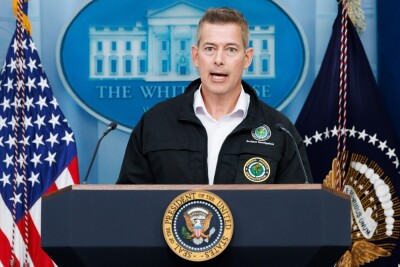
First, it shows that uncrewed aviation is not the only kid in the block trying to get the attention of the extremely busy federal agency. This fact has significant implications and, perhaps, explains the way new rules and updates are being released under this new administration.
The light-sports aircraft community has been clamoring for years for this modernization, and it is finally here to stay, just two short weeks before the announcement of the Notice of Proposed Rulemaking (NPRM) for Part 108, the FAA rule that would allow drones and air taxis to fly beyond the visual range of the operator or BVLOS flights.
The second reason why all of us should be paying attention to MOSAIC is that it adds thousands of small, light, and, in this case, piloted aircraft to the NAS. In other words, everyone is asking the FAA to add lighter, less restricted aircraft to already congested skies, and also that the safety standards are maintained at the almost perfect levels of today.
Let’s be realistic. Is this even possible?
In the original 2004 ruling, there were some restrictions, specifically around aircraft weight, certification, powerplant, and some medical requirements. Now MOSAIC simplifies certification, allowing aircraft to be factory-built or kit-built under streamlined standards. It also changes the way aircraft are classified, establishing a new standard based on stall speed rather than weight.
MOSAIC also includes aircraft with up to four seats, retractable landing gear, and controllable-pitch propellers, and adds flexibility to the powerplant by allowing electric and hybrid systems.
Sounds familiar? It seems everyone involved in non-traditional aviation is aiming for the same goal of offering innovative and somewhat similar ways of lifting and powering aircraft that are not the old, aluminum, jet, or internal combustion engines.
MOSAIC is also important to our industry because it allows operators to use LSAs for commercial purposes in tasks such as infrastructure inspection, photography, and agricultural surveillance. These areas where drones are being used today are now superimposed with new and improved ultralight and electric-powered piloted aircraft.
The original rule put in place in 2004 was the FAA’s first major attempt to democratize aviation by lowering the barriers to entry for an industry that was considered expensive and, at times, elitist. It opened the skies to thousands of new pilots and helped spawn a wave of innovation in small aircraft design. Now it adds the power of commercial flying, leveling the playing field with traditional aviation.
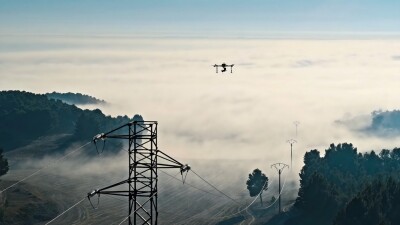
This is being hailed by industry analysts as “Sport Pilot 2.0”, dramatically expanding the utility and accessibility of LSAs. It opens the door for more affordable aircraft ownership, greater innovation in aircraft design, and increased pilot participation without requiring a medical certificate.
So, where do MOSAIC and Part 108 begin to look like a coordinated strategy from the FAA to create a brand-new aviation landscape in which the United States is the absolute leader? There are three areas where the two rulings seemingly create a similar foundation for growth:
- Performance-Based Standards: MOSAIC’s flexible, risk-based approach is expected to influence how Part 108 defines airworthiness for drones.
- Consensus Standards: FAA encourages collaboration between ASTM F37 (LSA) and F38 (UAS), suggesting future drone rules may mirror MOSAIC’s modular compliance model.
- Operational Parity: MOSAIC allows LSAs to perform aerial work like infrastructure inspection and agriculture, missions traditionally completed by drones. This creates competitive overlap and pushes for harmonized standards.
If we take into consideration another FAA initiative, NextGen, then we can begin to see a coordinated and top-down effort to create a brand new industry that encompasses all forms of flying, piloted or not.
Once again, it is proven that analyzing the uncrewed aviation industry as a standalone is a big mistake. The FAA is looking at aviation as a whole, and we will benefit from paying attention to what’s happening in other areas of the industry. MOSAIC is just the tip of the iceberg in terms of modernization of the aviation business in the U.S. These are exciting times to be involved in aviation, and we all hope it will translate into more investment, both private and public.

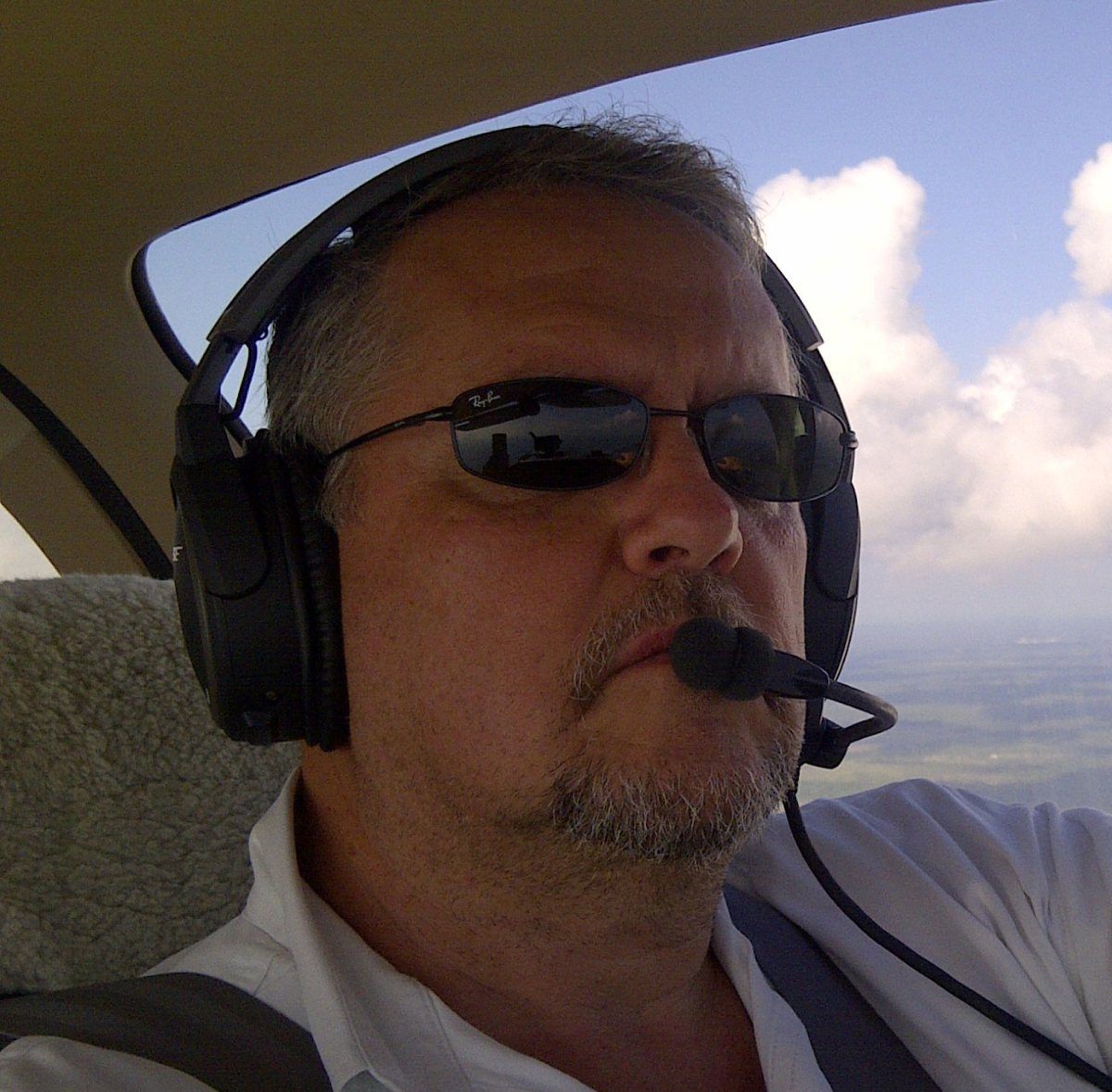
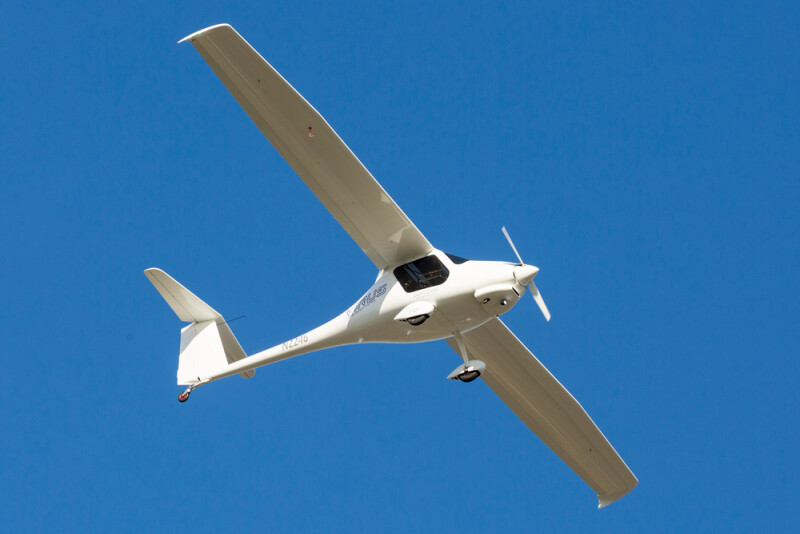

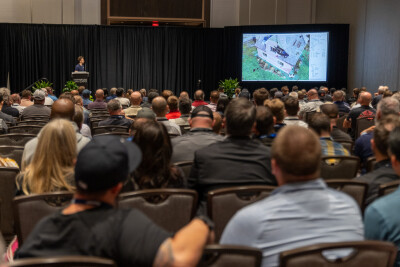
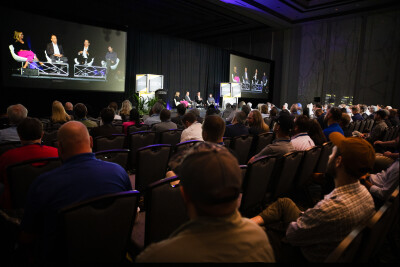






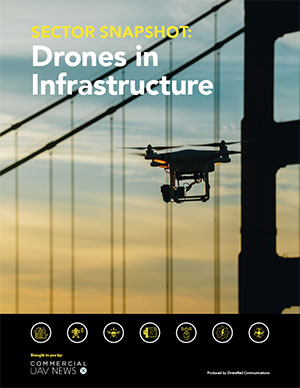
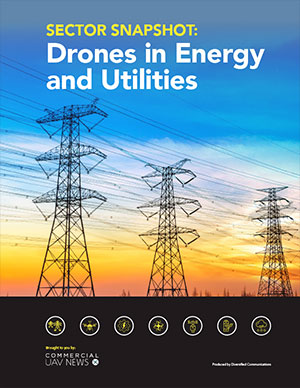

Comments